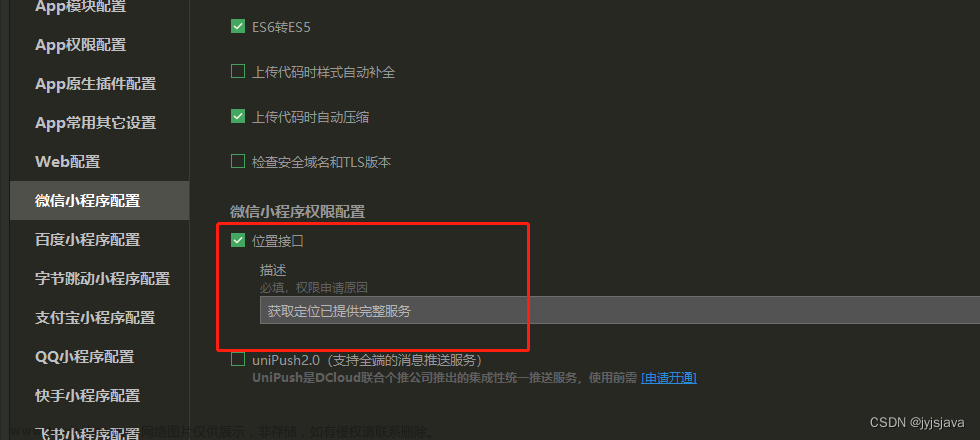-
首先,使用GDB调试程序,并在程序运行到需要查看虚函数表的地方停下来。
-
然后,使用命令“p /x (long)object”来查看对象的地址。这个命令会输出对象的地址,例如“0x7fffffffe1c0”。
-
接着,使用命令“p /x ((long)object + i)”来查看虚函数表中第i个虚函数的地址。这个命令会输出虚函数的地址,例如“0x4008d0”。
-
重复步骤3,直到查看完整个虚函数表。
下面是一个示例程序和GDB会话,演示如何查看虚函数表:
#include <iostream>
using namespace std;
class Animal {
public:
virtual void makeSound() {
cout << "This is an animal." << endl;
}
virtual void eat() {
cout << "Animal is eating." << endl;
}
};
class Dog : public Animal {
public:
void makeSound() {
cout << "This is a dog." << endl;
}
void eat() {
cout << "Dog is eating." << endl;
}
};
int main() {
Animal* animal = new Dog();
animal->makeSound();
animal->eat();
delete animal;
return 0;
}
使用GDB调试程序,并在程序运行到需要查看虚函数表的地方停下来:
$ g++ -g -o test test.cpp
$ gdb test
(gdb) break main
(gdb) run
在程序运行到需要查看虚函数表的地方停下来后,使用命令“p /x (long)object”来查看对象的地址:
(gdb) break 14
(gdb) continue
(gdb) p /x *(long*)animal
$1 = 0x55555576c2c0
这个命令输出了对象的地址为“0x55555576c2c0”。
接着,使用命令“p /x ((long)object + i)”来查看虚函数表中第i个虚函数的地址。例如,使用命令“p /x ((long)animal + 0)”来查看虚函数表中第一个虚函数的地址:
(gdb) p /x *((long*)animal + 0)
$2 = 0x4008c0 <Animal::makeSound()>
这个命令输出了虚函数的地址为“0x4008c0”。
重复这个过程,可以查看完整个虚函数表。文章来源:https://www.toymoban.com/news/detail-421978.html
总之,使用GDB可以查看虚函数表的内容,以帮助我们更好地理解虚函数表的实现和使用。文章来源地址https://www.toymoban.com/news/detail-421978.html
到了这里,关于【C/C++】GDB 快速定位虚函数表并获取详情信息的文章就介绍完了。如果您还想了解更多内容,请在右上角搜索TOY模板网以前的文章或继续浏览下面的相关文章,希望大家以后多多支持TOY模板网!











